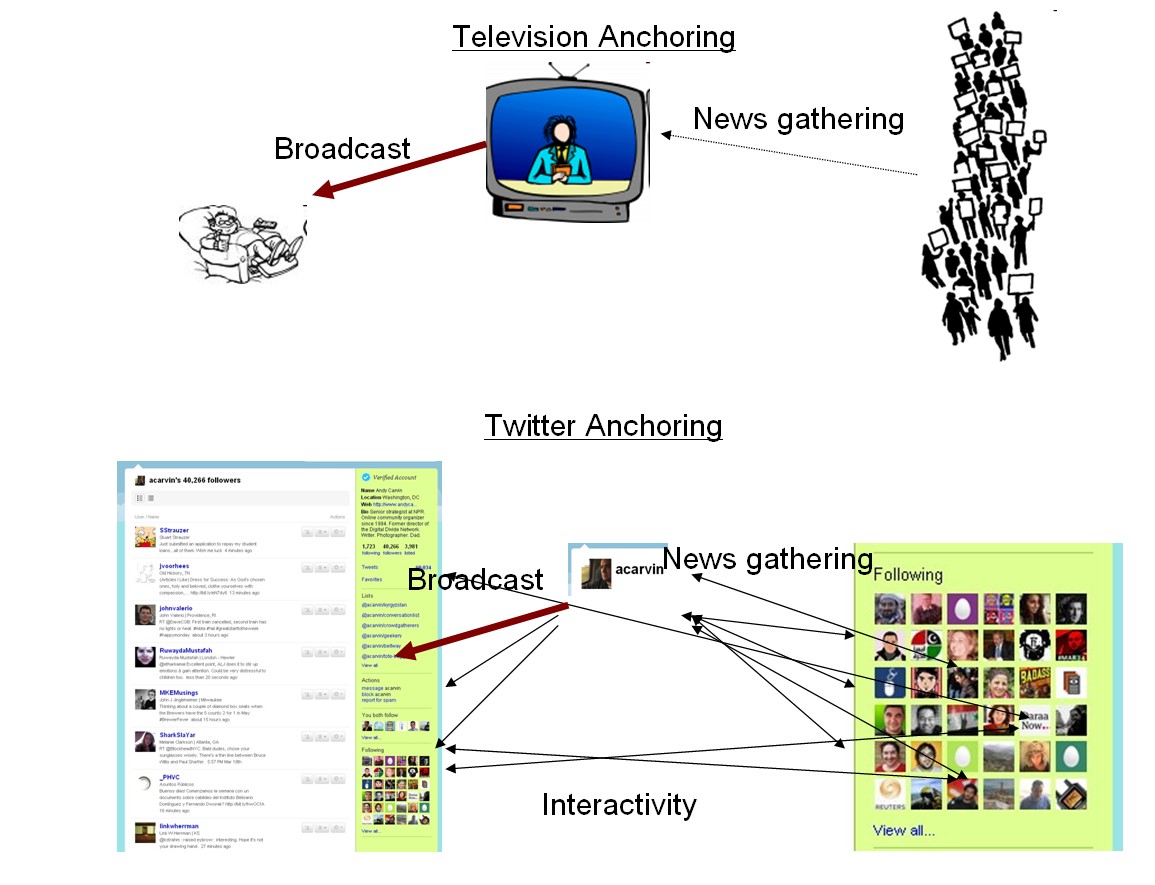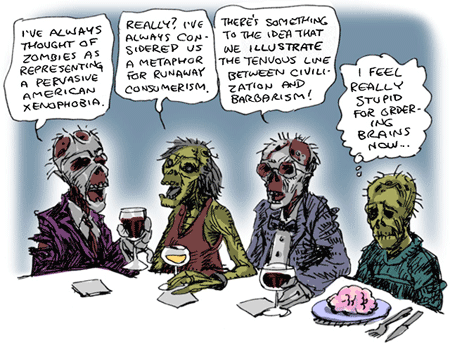On Techno, Dancing, and the Augmented Self
 1997, 3 am. I’m sitting against the concrete wall of a dark, empty warehouse, off Hegenberger Road in Oakland. My body is vibrating—a strong, healthy kick drum beating hard against my chest. I squint and see the DJ behind a booth, flanked by black speakers that look like monoliths. Silhouettes are scattered about: strangers dancing alone, in open spaces or near the speakers, but also in tribes, moving within circles.
1997, 3 am. I’m sitting against the concrete wall of a dark, empty warehouse, off Hegenberger Road in Oakland. My body is vibrating—a strong, healthy kick drum beating hard against my chest. I squint and see the DJ behind a booth, flanked by black speakers that look like monoliths. Silhouettes are scattered about: strangers dancing alone, in open spaces or near the speakers, but also in tribes, moving within circles.
My pulse is racing, thumping at the same tempo as the techno blasting in this space. The beat is urgent, extending each moment—making now last longer. And it’s kinetic, frenetic—like a rubber ball bouncing round the room. My friend’s forearm grazes mine, warm and slick from perspiration. As we touch, I feel the reverberation of the sound on her skin. The music is so loud, as if we’re in the bowels of a manufacturing plant, listening to machines repeating the same tasks over and over. These sounds consume each second, not giving me much space to think about much else.
I watch a cluster of dancers on the far side of the room. From afar, I see a flutter of geometric parts, picture flipbook pages turning in front of me. The dancers move too swift for my eyes to follow, and I see tracers of their limbs in the air. I think of Duchamp: his nude, descending a staircase, flashes before me. It feels like I have several pairs of glasses stacked sloppily on my face, and I’m peeking through a kaleidoscope in the dark.
Glowing bits and streaks of neon green and yellow and pink are sprinkled throughout this darkness, creating a network of electric vertices floating in space. A series of lasers shoots out from the opposite wall, casting a more...










